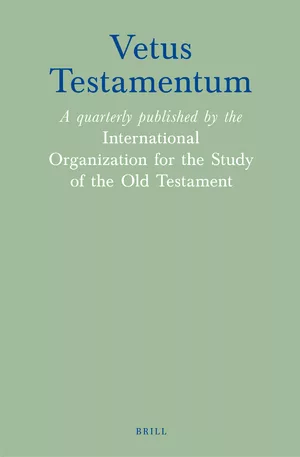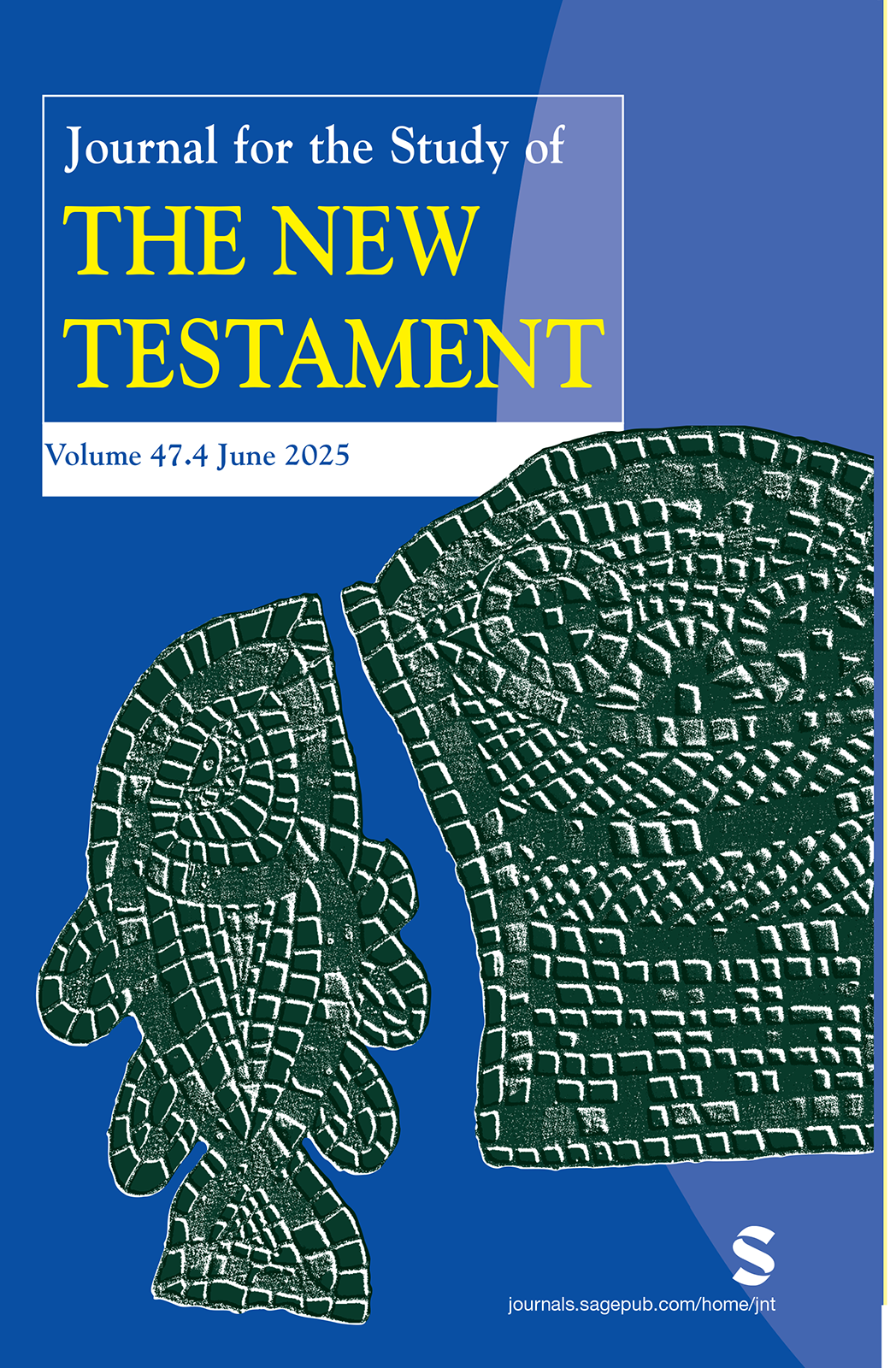인본주의에서 회의주의로, 그리고 비관주의로 이어지는 3단계 ‘사다리’에서, 전도서(코헬렛)는 전통적으로 그 마지막 단계로 여겨져 왔다. 그러나 많은 최근 연구들은 이러한 평가에 이의를 제기하며, 인본주의를 낙관주의로 대체하고 낙관주의와 비관주의라는 양극단 사이의 극명한 선택을 제시한다. 본 논문에서는 ‘현실주의(realism)’라는 용어를 사용하여 그 중간 길이 찾아질 수 있다고 주장한다. ‘현실주의자’를 어떻게 정의할 것인지, 그리고 이것이 코헬렛을 이해하는 데 무엇을 의미하는지를 탐구한다. 코헬렛의 실용적인 조언, 경험적인 출발점, 그리고 삶의 선택지들에 대한 지속적인 균형 잡기의 사례들을 살펴보고, 그의 현실주의를 보여주는 핵심 지표들을 찾아낸다. 이러한 지표들은 다음과 같은 세 가지 측면에서 드러난다. 1. 책에 나오는 세 편의 주요 시의 사용과 배치. 2. ‘지식’을 둘러싼 그의 어구 선택. 3.그의 추상적인 사색을 구체적인 현실에 기반하게 하는 예증적 이야기들의 사용.
On a three stage “ladder,” from humanism to scepticism to pessimism, Ecclesiastes has traditionally been regarded as the last of those three. Many recent studies, however, have challenged this assessment, replacing humanism with optimism and presenting a stark choice between the two extremes of optimism and pessimism. In this paper it is argued that a middle way can be found, using the language of “realism.” How to define “a realist” and what this means for understanding Qoheleth is explored. Examples of Qoheleth’s pragmatic advice, experiential starting point, and continual balancing of life’s options are aired, and key indicators of his realism are found. These are demonstrated first, in his use and placement of the three major poems in the book, second, in his choice of phrases around “knowledge,” and third, in his use of exemplifying stories that ground his more abstract musings in a concrete reality.






